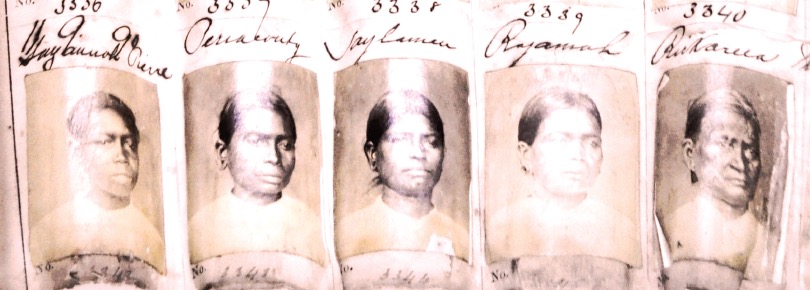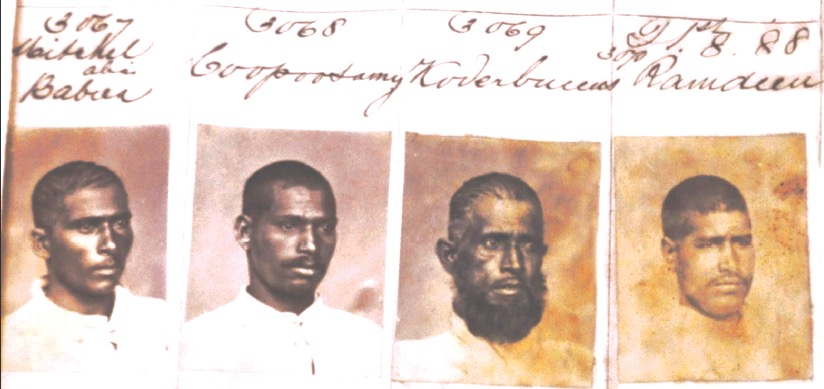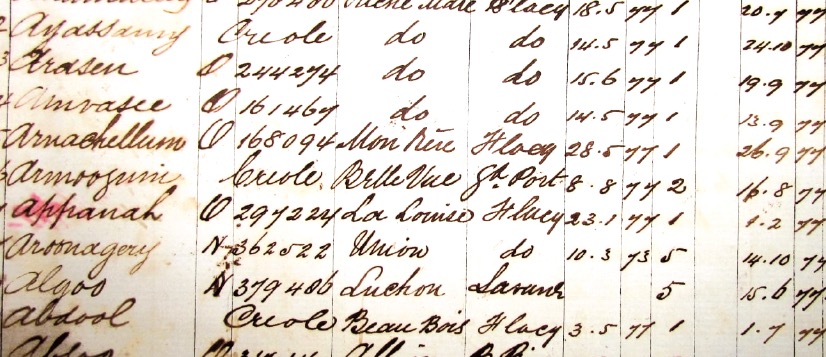“The Rise of an Endogenous Work Force”: The Indo-Mauritian Contract Workers during the Age of Indenture
By Satyendra Peerthum,
Historian, Writer, & Lecturer
Today, 16 July 2025, the 19th anniversary of the inscription of the Aapravasi Ghat on UNESCO’s prestigious List of World Heritage Sites is being observed in the Republic of Mauritius. It is the first site in our country’s history to receive such an official international recognition which puts Mauritius on the world map of international heritage sites. In addition, among the 1223 world heritage sites spread across the 168 countries which are member-states of UNESCO, Mauritius is the only country to have an indenture site listed. Therefore, this makes the Aapravasi Ghat World Heritage Site, a unique place in time and space.
The Study of an Endogenous Work Force
While we are focusing on the Aapravasi Ghat World Heritage Site, it also imperative to highlight that the historiography of indentured labour of this country can be dated back to the 1920s or a century. One of the largely overlooked themes of our local and overseas indentured labour studies is the emergence of an endogenous or a local-born work force from within the Indian and Indo-Mauritian community between the 1870s and the early 1900s. It is a term and an idea which were first proposed by late Dr. Satteeanund Peerthum, former senior historian, ex-minister, and ex-ambassador, more than 40 years ago in a seminal history article in Le Mauricien. For his part, in 1999, Richard Allen, an American historian of indentured labour, accurately observed in his landmark book Indians, Freedmen, and Indentured Laborers in Colonial Mauritius that:
“The structure of this work force started to change yet again during the mid-1870s, an increasing number of Mauritian-born Indians entered the work force. By 1885, for instance, Indo-Mauritians accounted for 28% of all contractual workers compared to less than 8.5 % just twelve years earlier…These changes occurred in tandem with a major restructuring of the domestic economy.”
The Rise of a Local-Born Work Force
As a result, between 1873 and 1885, this local-born or endogenous work force went from 8.5% to 28%. In addition, by 1910, more than 75% of the same labour force was local-born or endogenous. In fact, between the 1880s and the early 1900s, a silent labour revolution was underway on the Mauritian sugar estates, its emerging villages and towns, and in Port Louis as the local-born Indians or Indo-Mauritian workers gradually replaced the New and Old Immigrants on the Mauritian sugar estates, in Port Louis, and elsewhere. Another sign of those times is that between the 1860s and the 1880s, Indo-Mauritians were being labelled ‘Creole or Creoles of Mauritians” or “Créole de Maurice” and it was only in Census of 1891 that the term Indo-Mauritian was used for the first time officially by colonial officials.
Between 1837 and 1861, a total of 20,209 individuals of Indian origin were born in Mauritius. In 1861, the Indo-Mauritians made up 10% of the local Indian population. The Mauritius Census of 1881 records the presence of 113,000 Indo-Mauritians and constituted around 45% of the local Indian population. By 1911, the Indo-Mauritians made up more than 80% of the local Indian community with more than 200,000 Indo-Mauritians. The Indo-Mauritian estate workers were Hindus, Muslims, Buddhists, and Christians. At the same time, there were also Mauritian Creoles, Chinese and Africans, some of them were descendants of the former Afro-Malagasy slaves and apprentices, constituted a minority, in a truly heterogenous work force.
Between 1871 and 1911, an estimated 40,000 to 50,000 Mauritian labourers became “engaged” under 12-month written and oral contracts which were renewed if they wished on an annual basis and hundreds of their pictures can be found in the MGI Indian Immigration Archives. They became contract estate workers due to poverty and the difficulty of getting a stable job, proper housing and health care which, to a certain extent, they obtained on the sugar estates and also in Port Louis.
Moreover, most of them were the children and grandchildren of indentured Indian immigrants. As they were born and grew up in the estates camps, thus they were familiar with life on the sugar estates. They worked on the same plantation as their parents and grandparents in order to keep close to their relatives and long-standing friends. It also explains the social and economic solidarity and unity that have hitherto characterized Indo-Mauritian families and settlements in Mauritius.
The Impact of the Indo-Mauritians
As there was a dramatic increase in the number of Indo-Mauritians working on the sugar plantations in the 1870s and 1880s, it became very common for them to be arrested and convicted as deserters and vagrants under the labour and vagrancy laws. Indo-Mauritians received almost the same treatment as the Indian indentured labourers, despite the fact they were born in the colony and constituted by then, an important segment of the Mauritian colonial society for more than two generations.
The period from the 1860s to the early 1900s was characterized by a relatively important movement of population, namely that of Indo-Mauritians who consisted the majority among the labouring class. Indo-Mauritians started leaving the sugar estates and were gradually gravitating towards the newly established villages, the towns and Port Louis as they started buying land and settled near sugar estates. In 1871, more than 33% of the Indo-Mauritians lived in the villages, towns and some in Port Louis, and three decades later, at the dawn of the 20th century, in 1901, over 60% lived off the sugar plantations although they continued to work on or maintain some economic links to the estates. In the process, they founded dozens of new villages like Cottage, Gokoola, Khoyratty, and Rivière du Rempart.
The period between the 1860s and the early 1900s witnessed the emergence of a very large class of tens of thousands of semi-skilled and skilled workers and small landowners among the Indo-Mauritians. They became vegetable cultivators, small sugar planters, sirdars, hawkers, shop keepers, small farmers, and traders and achieved some measure of social and economic mobility. By the 1920s, the Indo-Mauritians and some of the former Indian indentured immigrants owned more than 45% of the colony’s arable land with 100,000 arpents of land under their control and produced between 25 % to 30% of the colony’s sugar and revenue. The Indo-Mauritians indubitably, as an endogenous work force and as small landowners, made major contributions to the demographic evolution, social, political, and economic development of Mauritius during the Age of Indenture and after.









